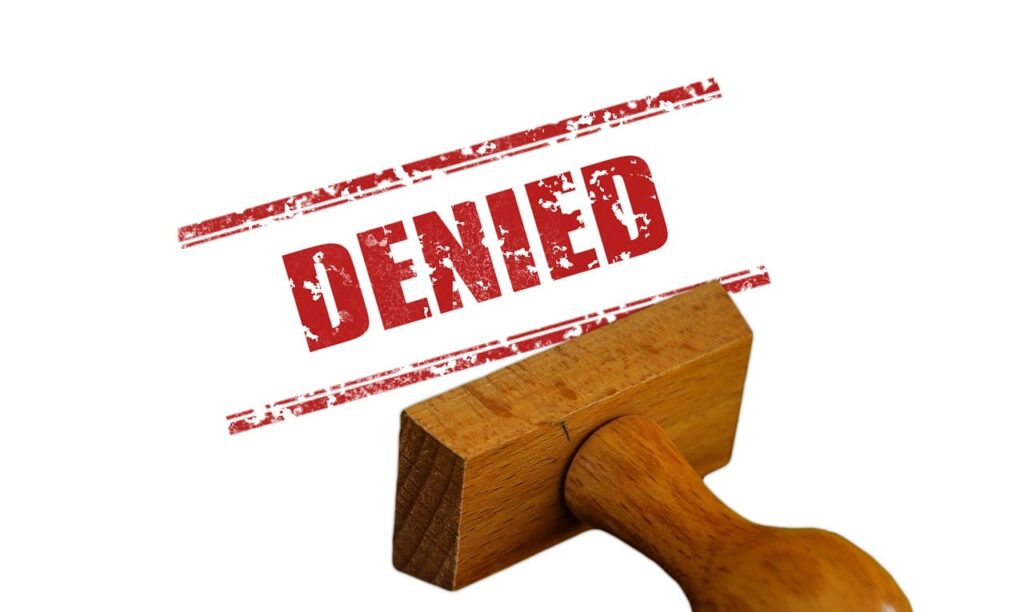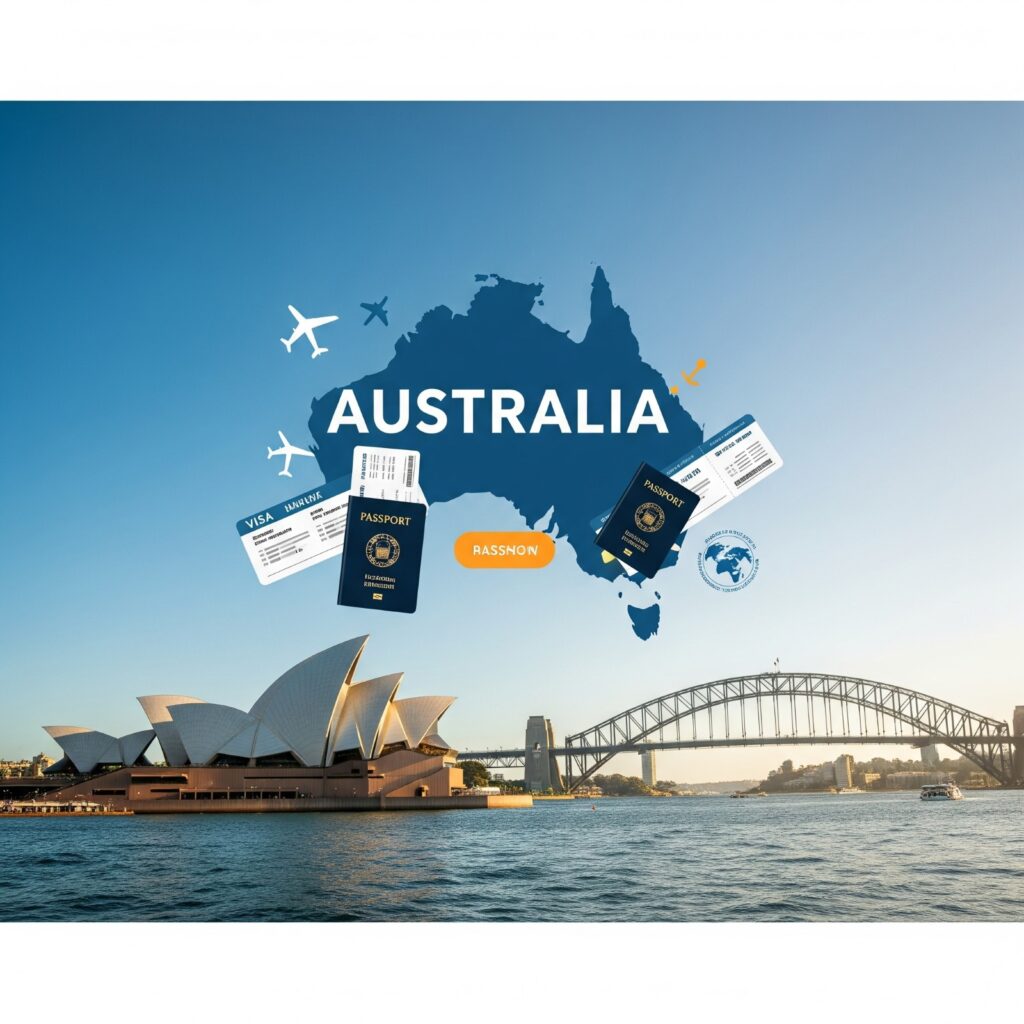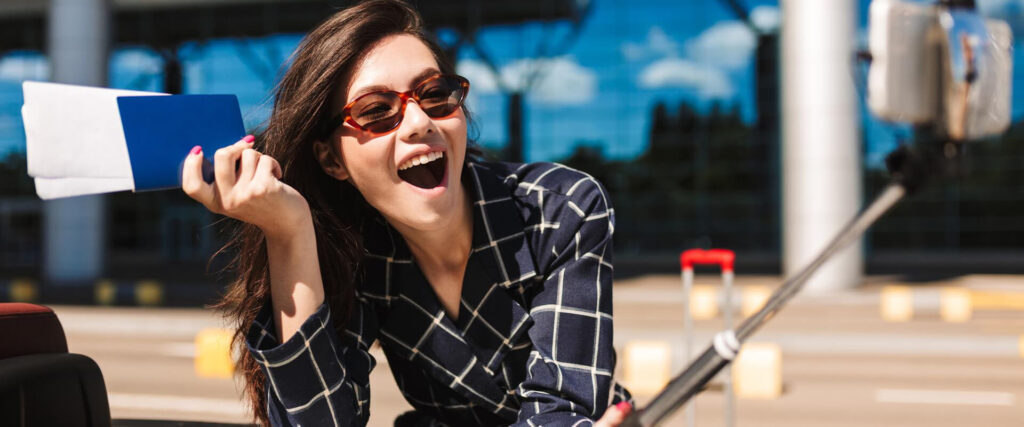Planning to travel, study, or work abroad? The visa application process can feel overwhelming—especially if it’s your first time. This comprehensive beginner’s guide walks you through each step of how to apply for a visa successfully, with tips to help you avoid common pitfalls and increase your approval chances.
What is a Visa and how to apply for a visa?
A visa is an official permit granted by a country’s government allowing a foreign citizen to enter, stay, or leave the country for a specific purpose and duration. Visas may be stamped in your passport or issued electronically (eVisa), depending on the country.
Types of Visas
Visa types vary by purpose of travel. Common categories include:
- Tourist Visa – For vacations or sightseeing
- Student Visa – For educational programs abroad
- Work Visa – For temporary or permanent emplo
- Business Visa – For business meetings or investments
- Transit Visa – For layovers during international travel
- Immigrant Visa – For permanent residency or migration
Step-by-Step Process: How to Apply for a Visa
Step 1: Identify the Right Visa Type
Start by determining your purpose of travel. Then, visit the official immigration website of your destination country to select the appropriate visa category.
Example: Planning to study in Australia? You’ll need a Subclass 500 Student Visa.

Step 2: Review Visa Requirements
Each country has specific visa requirements. Common documents and criteria include:
- Valid passport (with at least 6 months before expiry)
- Financial proof (bank statements, pay slips)
- Health insurance
- Travel itinerary or flight bookings
- Admission letter (students)
- Offer letter or contract (workers)
Step 3: Gather All Required Documents
Prepare the necessary paperwork, such as:
- Completed visa application form
- Recent passport-sized photos
- Proof of accommodation
- Travel insurance
- Employment or academic records
- Cover letter or statement of purpose
Step 4: Fill Out the Application Form
Complete your visa application either online or by hand, depending on the country’s system. Double-check all entries—your details must match your passport and supporting documents exactly.
Step 5: Pay the Visa Application Fee
Visa fees vary based on country and visa type. You can usually pay online or at a designated bank or visa application center. Keep a copy of the payment receipt.
Step 6: Book Your Visa Interview (If Required)
Some countries, such as the U.S., require an in-person interview at their embassy or consulate.
Tips for the interview:
- Dress professionally
- Be honest and confident
- Carry all original documents
Step 7: Submit Biometrics (If Needed)
Countries like Canada, UK, and Australia often require fingerprint scans and digital photos at a visa application center (VAC).
Step 8: Track and Wait for Processing
Processing times depend on the visa type and your nationality.
Estimated processing times:
- Tourist/Student Visas: 1–4 weeks
- Work Visas: 4–8 weeks
- PR/Migration Visas: 6–12 months
Track your application online using the reference number.
Step 9: Receive Your Visa
Once approved, your visa will be:
- Stamped inside your passport, or
- Sent electronically (eVisa)
Always verify the visa details for accuracy before making travel arrangements.
Step 10: Final Travel Preparation
Book your flights and pack! Keep your visa approval, passport, and key documents in hand. You may also need:
- Vaccination or COVID-19 certificates
- Return tickets (for tourist visas)
Top Mistakes to Avoid
- Submitting incomplete or incorrect forms
- Uploading unclear or outdated documents
- Not following country-specific instructions
- Missing interviews or appointments
- Giving false or inconsistent information
Pro Tips for Visa Success
- Start early: Apply 2–3 months before your travel date
- Stay informed: Follow embassy updates and rule changes
- Get organized: Label and group documents clearly
- Practice interviews: Especially for student/work visas
- Consult experts: If unsure, seek help from visa consultants
Why Choose Visa Empire?
At Visa Empire, we offer expert guidance for applying for Australian visas, including:
- Student Visas
- Work and Skilled Migration Visas
- Business and Visitor Visas
Our services include:
- Visa consultation and eligibility assessment
- Document verification and formatting
- Application submission and tracking
- Mock interviews and preparation
- Post-visa support
Let Visa Empire make your visa journey easy, fast, and stress-free.
Frequently Asked Questions (FAQs) and how to apply for a visa Step by Step
Q: When should I start my visa application?
A: Start at least 2–3 months in advance to allow for processing and delays.
Q: What is the difference between a visa and an eVisa?
A: A visa may be a physical stamp or sticker, while an eVisa is a digital version sent to your email.
Q: Can I apply online?
A: Yes, many countries offer online visa portals, especially for tourists and students.
Q: Is a visa needed for a connecting flight?
A: Some countries require a transit visa even if you’re not leaving the airport. Check with the airline or embassy.
Q: What if my visa is denied?
A: Understand the reason for denial, then reapply or file an appeal. You may also consult a visa expert.
Final Thoughts
Applying for a visa doesn’t have to be stressful. With proper planning, attention to detail, and the right support, you can improve your chances of getting approved on the first try.
Thinking about studying or migrating to Australia? Contact Visa Empire for professional guidance every step of the way.
Get in touch today:
🌐 www.visaempire.com
📧 info@visaempire.com





